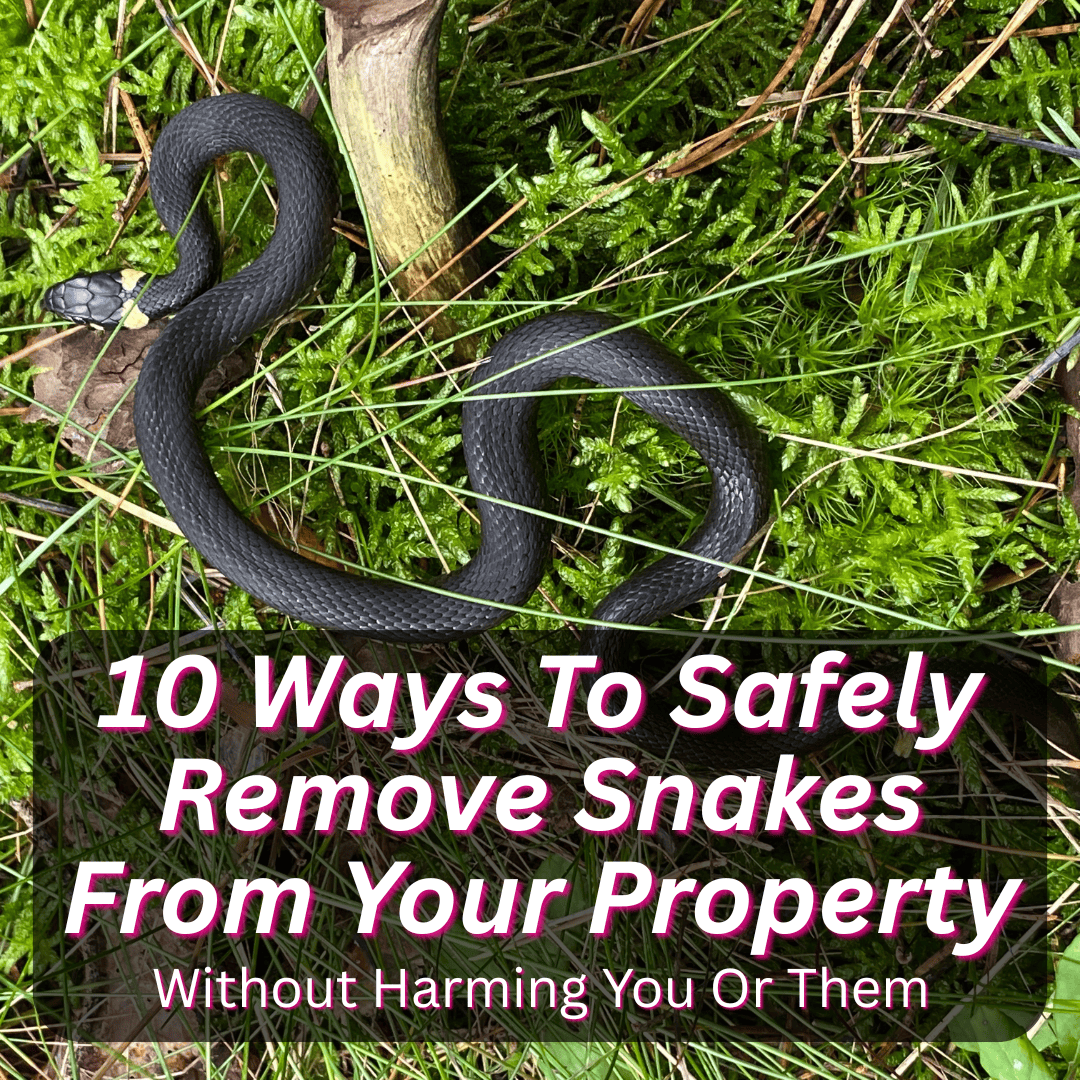
But it helps to remember that most snakes are harmless.
And they actually do a lot to help the ecosystem.
But I understand that you may not feel comfortable sharing your property with a snake.
Luckily, there are plenty of safe ways to get rid of these slithery visitors without hurting yourself, your family, or the snakes.
Keep reading for a list of 10 methods you can try to get those snakes to vacate your property and move elsewhere.
10 Ways To Safely Remove Snakes From Your Property
You can safely remove snakes using natural methods, physical barriers, or professional help if things get tricky. This guide covers practical steps like clearing hiding spots, sealing entry points, trying natural repellents, and knowing when it’s time to call in the experts.
1. Keep Your Lawn Mowed And Vegetation Trimmed To Remove Snake Hiding Spots

Snakes love tall grass and tangled plants since they offer great hiding places. When you keep your lawn short, you take away those cozy spots snakes seek out. This will encourage snakes to leave your property in search of somewhere with more hiding places.
Mow regularly. Short grass makes it tough for snakes to hide from predators—or from you.
Focus on walkways and buildings. Trim the lawn edges in these areas, since snakes often slither along walls and paths. Don’t overlook bushes and shrubs. Trim them back so snakes can’t hide in dense growth.
After mowing, pick up grass clippings. Leaving them in piles attracts mice and rats, which in turn attract snakes.
Check the corners and edges of your garden now and then. Those spots get overgrown fast and can become prime snake hideouts if you slack off.
Use sharp mower blades for a clean cut. It keeps your lawn healthy and avoids uneven patches where snakes might lurk.
2. Remove Wood Piles, Rocks, And Debris Where Snakes May Shelter
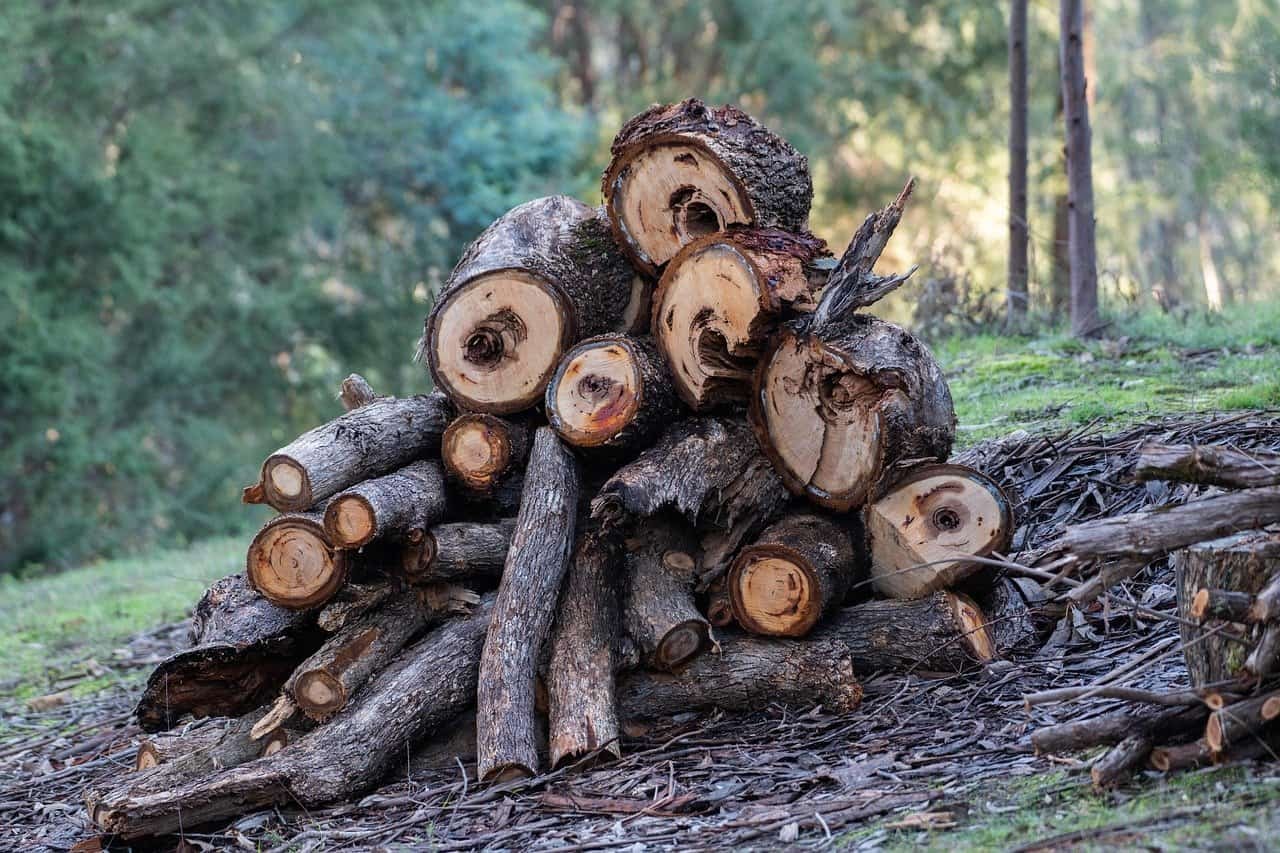
This is similar to method number one: removing potential hiding spots. Snakes hide in wood piles because they’re warm and safe. Firewood and lumber stacked up near your home? That’s an open invitation for snakes.
Move your firewood and lumber at least 10 to 20 feet from the house. Raise them up on a rack or platform. Big rocks and stone piles attract snakes too. If you love rocks, try spreading them out instead of stacking them in heaps near your home.
Clear away debris. Old branches, leaves, trash, metal scraps, and leftover building materials all make excellent hiding places for snakes. Clean up regularly.
After storms or windy days, check for new piles of debris. Remove them quickly before snakes settle in.
Try using gravel instead of thick mulch near your house. Snakes aren’t fans of crawling over gravel, and it doesn’t create as many hiding spots.
3. Seal Gaps And Cracks Around Your Home Foundation And Doors To Block Snake Entry
Snakes can squeeze through tiny spaces—sometimes as small as a quarter-inch. It’s wild how easily they slip inside.
Walk around your house and look for cracks in the foundation, especially where it meets the ground. Spot any gaps or holes? Seal them up.
Windows and doors are trouble spots. Door frames that don’t seal well are common entry points for snakes.
Use a good exterior caulk to fill small cracks and gaps. For foundation cracks, silicone or latex caulk does the trick.
Install door sweeps on exterior doors to block the gap at the bottom. Weather stripping around door frames helps too.
For bigger holes around pipes or utility lines, expanding foam works better than regular caulk.
Check these spots every so often. Weather and settling can open up new gaps, so fix any you find right away.
4. Use Essential Oils Like Peppermint Or Cinnamon Around The Property As Natural Repellents

Essential oils can help keep snakes away without harsh chemicals. Peppermint, eucalyptus, clove, and cinnamon oils are all good options for natural snake deterrents.
They’re safe to use around kids and pets, and they won’t hurt the snakes—just annoy them enough to leave.
Mix 10 to 15 drops of essential oil with water in a spray bottle and shake well. Spray around the edges of your yard, fence lines, garden borders, and along the house foundation.
Sprinkling cinnamon powder on the ground works too. Snakes really don’t like crossing that barrier.
You’ll need to reapply every few days, especially after rain. Sun and weather wear the scent down fast.
Try mixing scents—peppermint with cinnamon, for example. Snakes hate strong smells, so a combo can be more effective.
You can buy commercial snake repellents with these oils, but honestly, making your own is cheaper and you know what’s in it.
5. Eliminate Rodents Such As Mice And Rats Which Attract Snakes To Your Yard
Snakes show up because they’re hungry. And their favorite meal? Rodents like mice and rats.
Get rid of rodents, and snakes lose interest in your property. Most common yard snakes are after rodents anyway.
Remove things that attract mice. Bird feeders spill seeds, which brings rodents. Only put out what birds can finish by sunset.
Store pet food in sealed containers. Keep garbage cans closed tight. Pick up fallen fruit from trees as soon as you can.
Seal up any holes or cracks where rodents might get inside. Steel wool or caulk works well for blocking entry points.
Set up mouse traps or bait stations and check them regularly.
Keep your lawn short and clear away piles of leaves or debris. Mice and rats love hiding there.
Clean up spilled birdseed every day. Stack firewood away from the house and off the ground.
6. Install Wire Mesh Fencing Buried A Few Inches Underground To Prevent Snakes From Entering
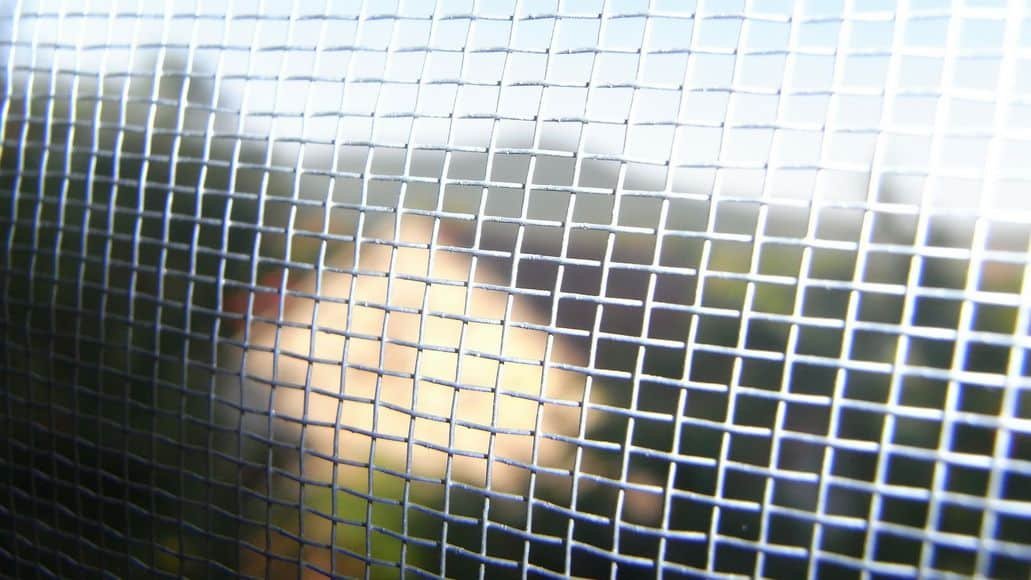
Wire mesh fencing can keep snakes out of your yard. It works because snakes can’t climb or squeeze through properly installed mesh. Use quarter-inch or half-inch mesh wire. The smaller the holes, the better.
Bury the fence a few inches underground so snakes can’t just crawl under it.
Put the fence around gardens, sheds, or under decks—wherever you want to block snakes. Let the fence stick up a few inches above ground for a full barrier.
Bonus: wire mesh also keeps out mice and rats, which means fewer snakes will come looking for food.
Check your fence now and then for holes or loose spots. Fix them fast so snakes don’t find a way in.
This fencing is affordable, lasts a long time, and works in any weather if you set it up right.
7. Place Snake-Repellent Plants Like Marigolds And Lemongrass Around Your Garden
Certain plants naturally keep snakes away by giving off strong scents that they hate.
Marigolds are great for this. Their flowers and roots put out a smell that bothers snakes.
Lemongrass is another solid choice. People like its fresh, citrusy scent, but snakes steer clear. You can grow it in pots or straight in the ground.
Lavender works too. It smells lovely to us, but snakes aren’t fans. Plus, it’s easy to grow and looks nice.
Plant these around the edges of your garden, near places you’ve seen snakes, or close to your porch and patio.
These plants work best alongside other methods, like keeping your yard tidy and removing hiding spots. It’s all about making your property less inviting to snakes.
8. Remove Standing Water Sources That May Attract Snakes And Their Prey
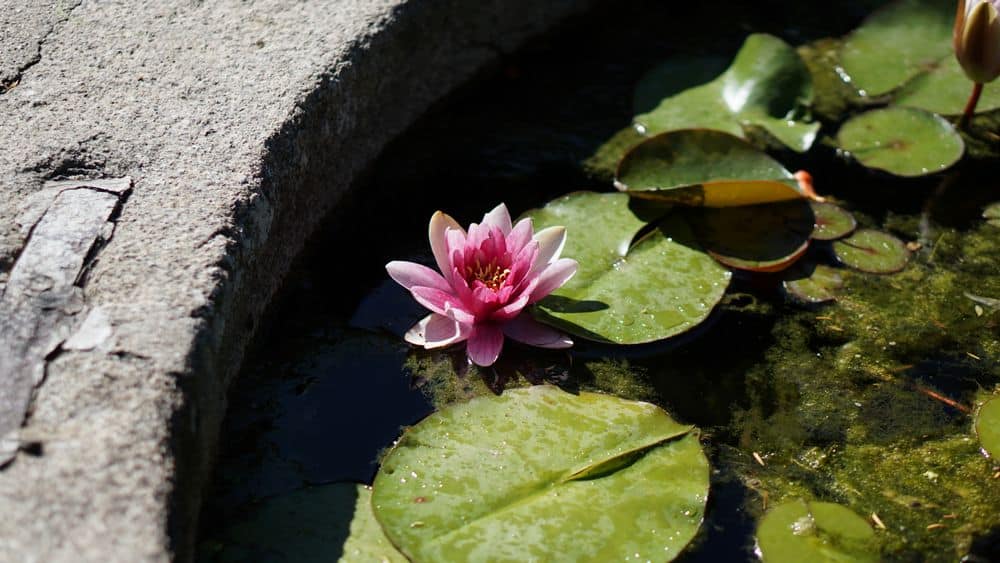
Water brings snakes to your yard in two ways: they need it to drink, and it attracts small animals they eat.
Standing water is like a buffet for snakes—frogs, mice, and bugs all gather around puddles, birdbaths, and ponds.
Check for water that sits after it rains. Dump out old buckets, pots, and containers. Fix leaky hoses and faucets ASAP.
Clean birdbaths often, or just put them away for a while. If you have a pond, keep it clean and well-maintained. Dirty water draws in more prey animals.
Look for spots where water pools after storms. Fill in low areas so puddles don’t form. Make sure gutters drain away from your house, not into big muddy patches.
Pet water bowls left outside? Bring them in at night or empty them when not in use.
9. Call A Licensed Pest Control Professional If You’re Unsure Or Uncomfortable Handling Snakes
If you’re not sure what to do, don’t hesitate to call for help. Lots of people feel uneasy around snakes—it’s nothing to be embarrassed about.
Pros have the right training and gear. They know how to remove snakes safely, for both you and the animal.
If you can’t tell if a snake is venomous, call a professional. Some harmless snakes look a lot like dangerous ones.
Seen more than one snake? That might mean a bigger issue—let the experts handle it. Wildlife removal services can relocate snakes to a safer spot far from your home. They’ll also check your property for ways snakes get in and give advice on keeping them out for good.
The cost is usually worth it for your peace of mind. Most pest control companies offer emergency snake removal, too.
If you can, snap a photo of the snake from a safe distance before calling. It’ll help the pro know what they’re dealing with.
10. Use Ammonia-Soaked Rags As A Deterrent In Areas Snakes Frequent
Ammonia has a strong smell that snakes can’t stand. The fumes make them uncomfortable, so they’ll usually leave the area.
To try this, soak old rags or cotton balls in household ammonia. Put them in unsealed plastic bags and place them where you’ve seen snakes. Focus on garden edges, under porches, or near wood piles—basically, any spot snakes like to hide or pass through.
You’ll need to swap out the rags every few days since the scent fades pretty fast.
Keep ammonia-soaked stuff away from kids and pets because it can be harmful if touched or inhaled too much.
This works best when you also remove hiding spots and keep your yard tidy. Ammonia alone won’t fix a big snake problem, but it can help keep them out of specific areas.
Understanding Snake Behavior
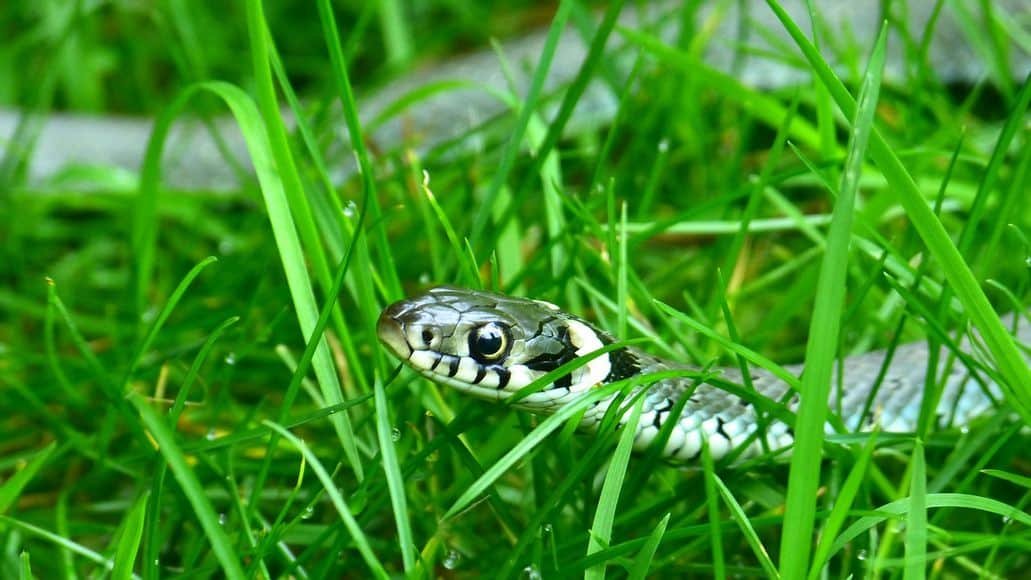
Snakes show up for food, water, and shelter. Different species live in different places, so knowing which ones might turn up helps you deal with them better.
Why Snakes Enter Residential Properties
Snakes don’t just wander into your yard for no reason. They’re after three things: food, water, and shelter.
Food sources lure snakes in. They’re on the hunt for rodents—mice, rats, you name it. If you’ve got a pest problem, odds are snakes will notice. Bird eggs and small critters can also attract them. And if you leave pet food outside, that brings rodents, which, well, brings snakes too.
Water sources matter a lot. Snakes need water, just like any other animal. They’re drawn to things like:
- Leaky pipes or dripping faucets
- Pet water bowls
- Pools and ponds
- Spots with poor drainage
Shelter options are a big deal for snakes. They want cool, dark places to hide out, especially when it’s hot. Typical hiding spots?
- Wood piles
- Rock walls or gardens
- Tall grass and weeds
- Under porches or sheds
- Messy, cluttered areas
They tend to get more active in the spring and summer when temperatures climb.
Common Snake Species Found Near Homes
Which snakes show up really depends on where you live. Most of the ones hanging around houses aren’t dangerous, but it helps to know what you’re looking at.
Non-venomous snakes are the usual suspects. Think garter snakes, rat snakes, king snakes. All are snakes that frequent our yards. They’re actually helpful since they eat a lot of rodents.
Garter snakes are small and striped. Rat snakes are bigger and can climb surprisingly well. King snakes even eat other snakes, including venomous ones—pretty wild, right?
Venomous snakes are less common, but you don’t want to mess with them. In North America, rattlesnakes, copperheads, and coral snakes might show up, depending on your region.
Rattlesnakes have those unmistakable rattles. Copperheads have hourglass patterns. Coral snakes? They show off red, yellow, and black bands.
How do you spot the difference? Here are some quick tips:
- Check the head shape—venomous ones usually have triangular heads
- Look at the eyes—vertical pupils often mean venomous
- Watch how they act—venomous snakes may coil up and strike if they feel threatened
If you don’t know what kind of snake you’re dealing with, don’t try to handle it. It’s just not worth the risk. Call in a pro for safe removal.
Preventing Future Snake Encounters
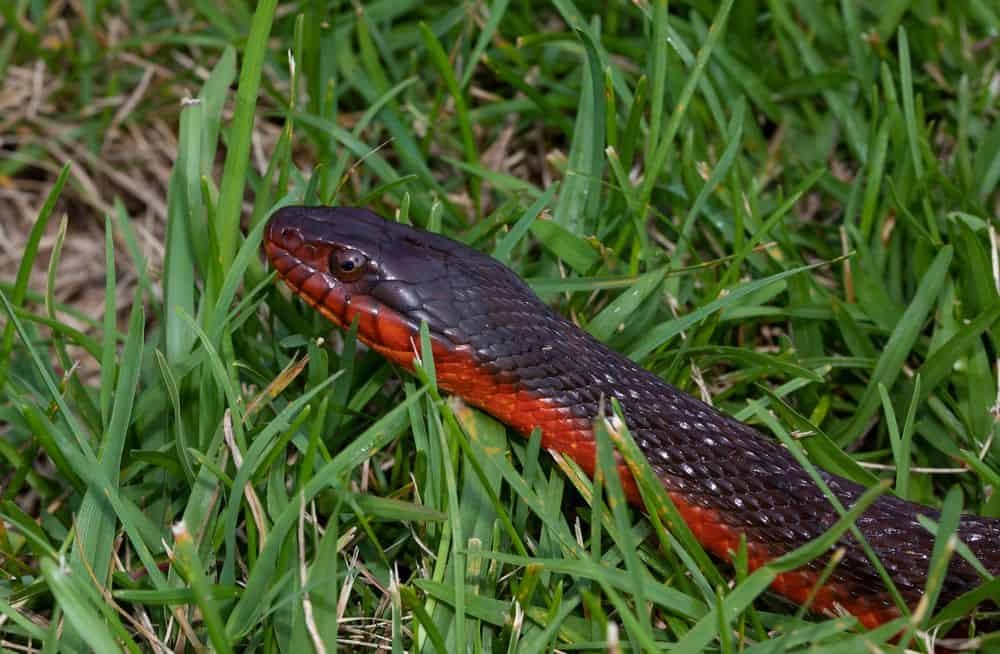
Good landscaping and home maintenance can really make a difference. If you get rid of what attracts snakes and block off their entry points, you’ll have way fewer problems down the road.
Landscaping Tips For Snake Deterrence
The way you set up your yard plays a huge part in whether snakes show up. They’re always looking for food, water, and shelter.
- Keep grass short and trim bushes often. Snakes love hiding out in tall grass and thick plants. Try to keep grass around your house at two inches or less.
- Get rid of brush piles and leaf litter—perfect hiding spots for snakes. Store firewood at least 20 feet from your house, and keep it raised off the ground if you can.
- Control rodents since they’re a big snake magnet. Put pet food and bird seed in sealed containers, and pick up any fallen fruit from trees quickly.
- Remove water sources like leaky hoses or standing puddles. Fix any dripping faucets and improve drainage in soggy spots.
- Put down gravel barriers around your foundation. A three-foot strip of pea gravel or crushed rock can help—snakes don’t like crawling over rough stuff.
- Try planting marigolds, garlic, or onions around your place. The strong smells tend to keep snakes away, or so the rumor goes.
Securing Entry Points Around Your Home
Snakes can squeeze through tiny spaces to get inside. It’s important to check for gaps and seal them up.
- Look over your foundation for cracks or holes. Use caulk or expanding foam to fill them, especially where pipes come in.
- Check doors and windows for any gaps. Door sweeps and weather stripping can help close things up.
- Inspect your roof for loose shingles or holes. Patch up any damage and put screens over vents and chimneys.
- Don’t forget your garage and basement doors. Make sure they close snugly, no gaps at the bottom. Replace any worn-out seals.
- Cover bigger openings like crawl space vents with hardware cloth. Use 1/4-inch mesh to keep even little snakes out.
How To Remove Snakes From Your Property: Conclusion
Snakes on your property? It’s unsettling, sure, but you don’t have to panic. With the right steps, you can get them out safely—no harm to you or the snake. It should come as little surprise that the advice in this article is basically the exact opposite to the advice in our article on how to make your garden more snake-friendly.
Just keep a few things in mind:
- Most snakes actually help out by eating pests
- Don’t try to catch venomous snakes yourself—seriously, just don’t
- If you’re unsure what kind of snake it is, call a pro
Honestly, it’s way easier to prevent snakes from showing up than to chase them off later. If you keep your yard tidy and clear out spots where snakes might want to hide, you’ll make your place a lot less tempting. You’ll also encourage any snakes you already have to find a new place to hang out.
Natural methods? They’re usually the safest bet. You’ll protect your family, pets, and the planet—and still keep snakes at bay.
Stick to these steps and you’ll probably feel a lot better hanging out in your own backyard. Feels good not worrying about what’s slithering around, right?
Call in the experts if:
- You spot a venomous snake
- They keep turning up, no matter what you do
- The whole situation just makes you uneasy
Pros have the gear and know-how you might not. Plus, they’re way more likely to spot sneaky entry points you’d overlook. Jumping on the problem early saves you headaches down the line. Start with simple prevention, and only go for removal if you have to.
Leave a Reply